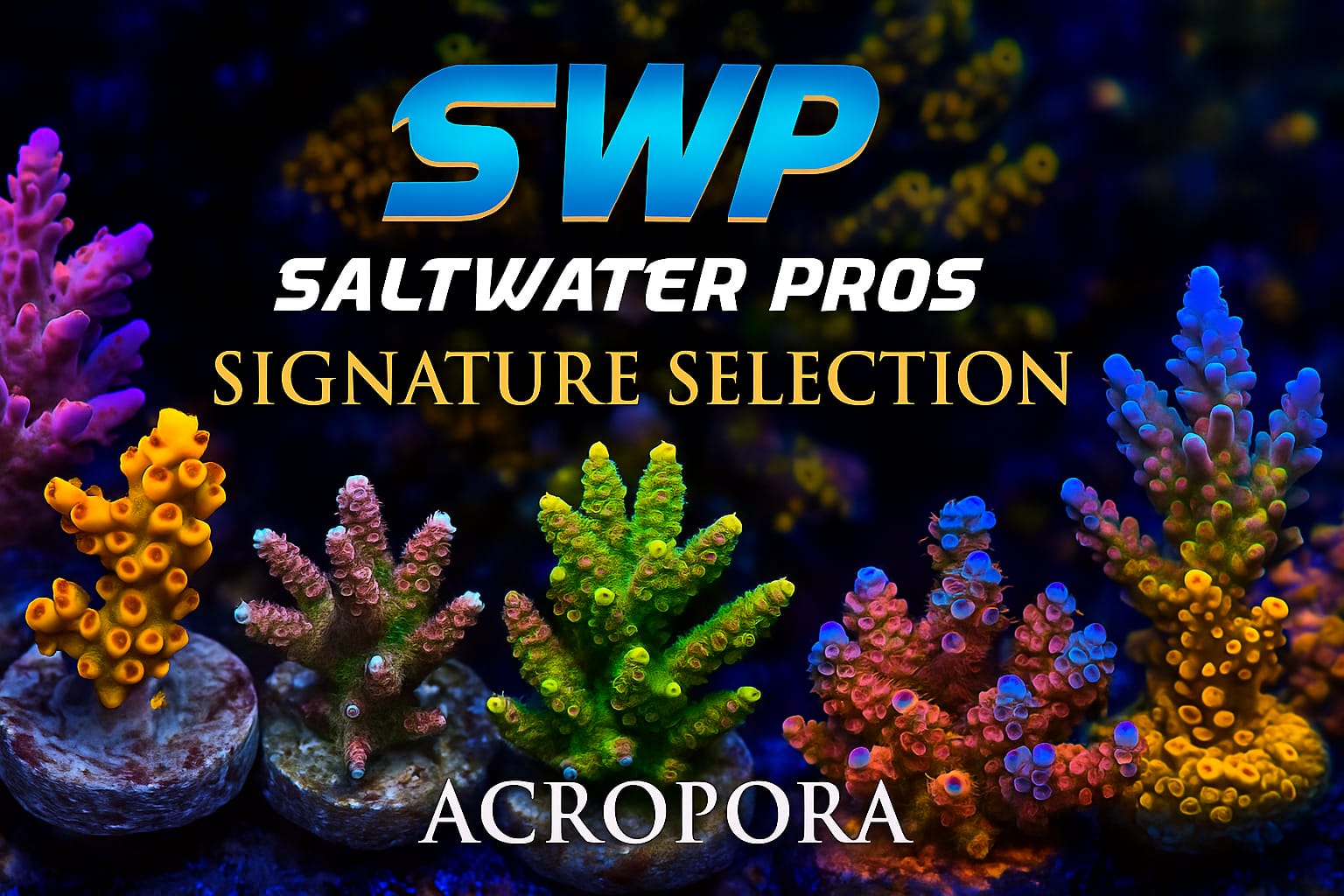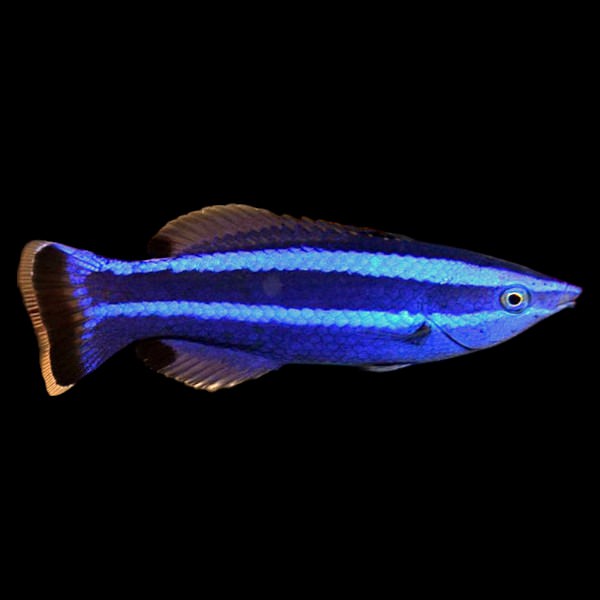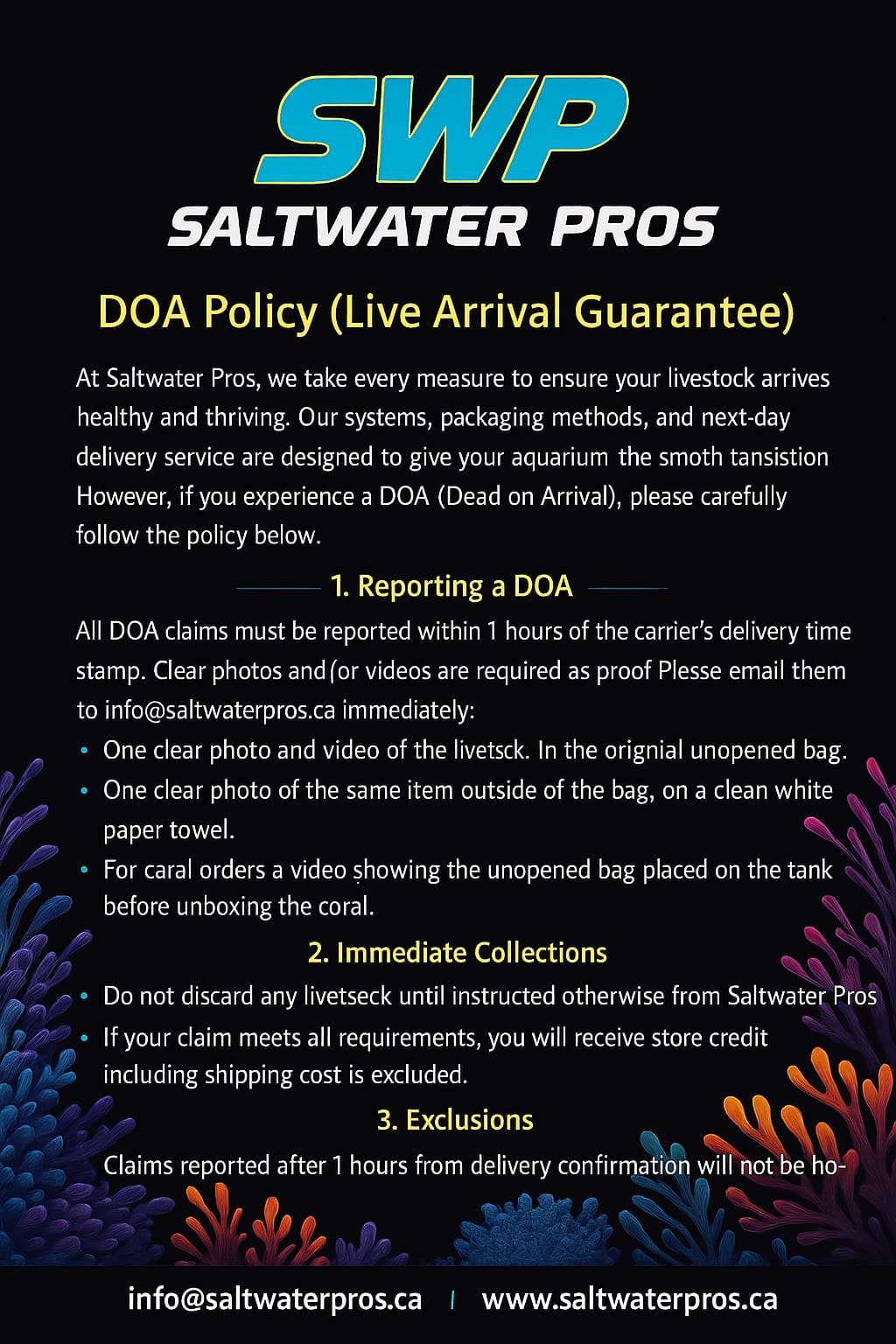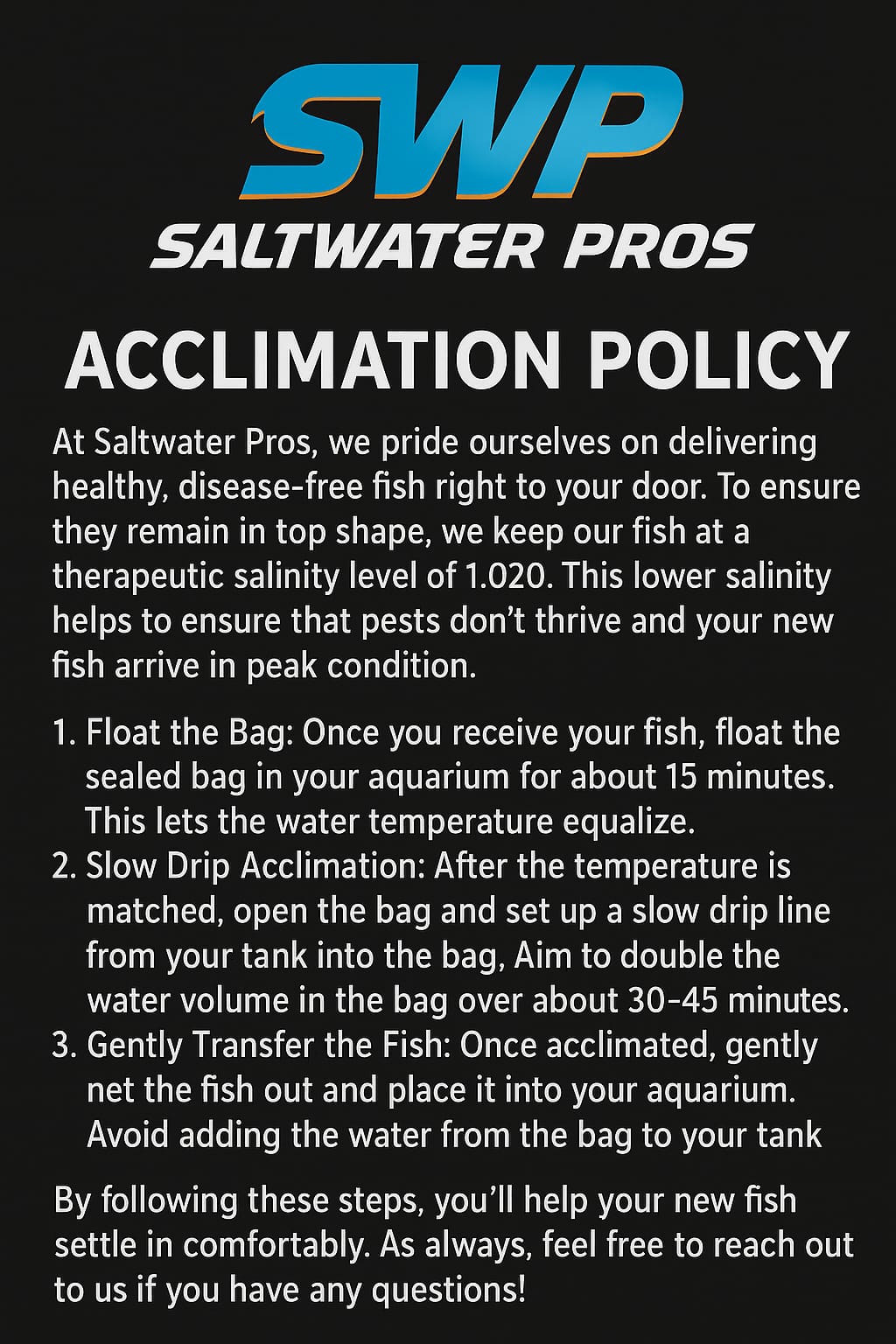Description
Click HERE to read our Dead On Arrival (DOA) policy.
Click HERE for how to acclimate the fish.
Larabicus quadrilineatus, commonly known as the fourline wrasse, is a beautiful and active fish species often sought after by aquarium enthusiasts. Proper care is essential to ensure their health and well-being in captivity. Here are some guidelines for caring for Larabicus quadrilineatus:
Tank Size: Provide a spacious tank with a minimum size of 30 gallons for a single fish. If keeping a group, increase the tank size to accommodate their territorial behaviour.
Water Parameters: Maintain stable water parameters. Ideal conditions include a temperature range of 75-82°F (24-28°C), pH level of 8.1-8.4, and specific gravity of 1.020-1.025.
Substrate and Décor:
- Use fine sand as a substrate, as these fish often burrow.
- Provide plenty of live rock formations with caves and crevices for hiding places and exploration.
- Ensure there are no sharp edges that could harm the wrasse.
Filtration and Water Flow: Larabicus quadrilineatus prefers a well-filtered aquarium with moderate to strong water flow. A protein skimmer can help maintain water quality by removing organic waste.
Feeding: These wrasses are carnivores and should be offered a varied diet. Feed them high-quality frozen or live foods such as brine shrimp, mysis shrimp, finely chopped seafood, and small crustaceans. They may also accept high-quality pellet or flake foods formulated for carnivorous fish. While the adults feed on coral polyps. This species grows to 11.5 cm in total length.
Compatibility: Fourline wrasses are generally peaceful but can be territorial, especially towards other wrasses or fish with similar body shapes. Avoid keeping them with aggressive or overly dominant tank mates. Compatible tank mates include other peaceful fish species and invertebrates.
Behaviour: Larabicus quadrilineatus are active swimmers and may jump out of uncovered tanks, so ensure the aquarium has a tight-fitting lid or cover.
Acclimation: When introducing them to the aquarium, use proper acclimation procedures to help reduce stress.
Health Monitoring: Regularly monitor the fish for signs of illness, such as loss of appetite, abnormal swimming behaviour, or visible signs of disease. Quarantine new arrivals before adding them to the main tank to prevent spreading potential diseases.
Maintenance: Perform regular water changes and keep up with tank maintenance to ensure optimal water quality. Inspect equipment regularly to ensure everything is functioning correctly.
- Care level: Expert
- Temperament: Peaceful
- Diet: Carnivore
- Reef Compatible: With Caution
- Family: Labridae
- Minimum Tank Size: 55 gallons
- Size: 2 inches









